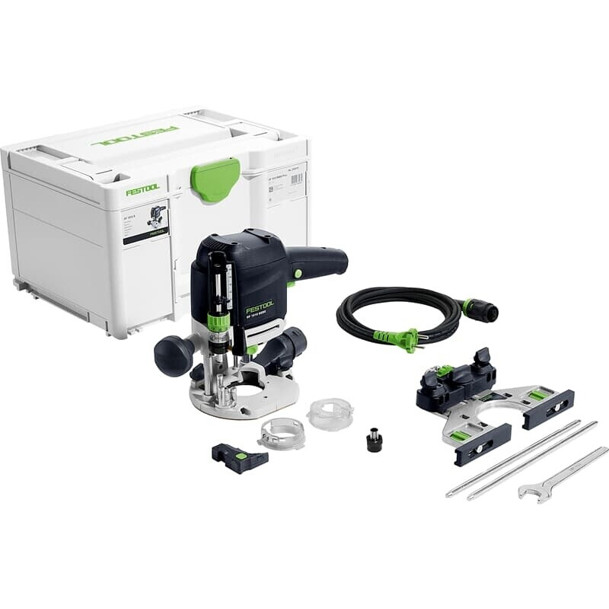Wall Chaser Test: A Comprehensive Guide to Performance and Efficiency
Wall chasers have actually become essential tools in modern-day construction and remodelling jobs, developed to create channels in walls for electrical wiring, piping, or ductwork. As DIY enthusiasts and professional contractors look for effectiveness and accuracy in their work, it's essential to assess the efficiency of these tools through a comprehensive wall chaser test. This post dives deep into the mechanics, efficiency elements, and outcomes of wall chaser tests, supplying insights that would benefit anyone considering this tool for their jobs.
What is a Wall Chaser?
A wall chaser is a specialized power tool that allows users to develop narrow slots or grooves in walls. Traditionally, these slots were chiselled by hand, but wall chasers streamline this process substantially. They work by employing diamond blades to cut through masonry, concrete, or brick, making it possible for seamless installations of electrical avenues and piping.
Features of Wall Chasers
Before we dive into the wall chaser test itself, it is necessary to comprehend the functions that distinguish these tools.
| Feature | Description |
|---|---|
| Blade Size | Usually ranges from 110mm to 230mm |
| Cutting Depth | Adjustable, normally approximately 30mm |
| Power Rating | Commonly between 1400W to 2400W |
| Weight | Varies, usually from 3 kg to 6 kg |
| Dust Extraction | Lots of models consist of dust ports or integrated extraction systems |
| Tool Speed | RPM ranges from 8,000 to 12,000, guaranteeing quick, clean cuts |
The Importance of Wall Chaser Testing
When thinking about a wall chaser for purchase or usage, comprehending how it determines up against its rivals in real-life scenarios is vital. As a result, wall chaser tests aim to examine:
- Cutting Efficiency
- Reduce of Use
- Dust Management
- Sturdiness
- Noise Levels
Cutting Efficiency
One of the most crucial aspects of a wall chaser is its ability to produce tidy and accurate cuts. During screening, the following specifications are kept track of:
- Speed of Cutting
- Quality of Cut (Smooth vs. Rough)
- Consistency over Multiple Cuts
Outcomes can differ depending on the type of wall material being cut. For example, concrete might take longer to cut compared to drywall.
Alleviate of Use
An user-friendly wall chaser will have functions that assist in operation, including:
- Weight Balance: Better balance means decreased fatigue throughout extended usage.
- Grip Design: Ergonomically created grips lower pressure on the hands.
- Adjustable Depth Control: Provides adaptability for differing project requirements.
Dust Management
Effective dust management is important in preserving a clean workplace and making sure user health. Features assessed in this category consist of:
- Built-in Dust Extraction Systems
- Performance of Dust Collection
- Amount of Dust Produced During Operation
Durability
Wall chasers must be robust enough to endure the rigors of construction work. Checking will involve:
- Material Used in Construction
- Performance under Heavy Use
- Use on Blades and Components
Sound Levels
Power tools can produce significant noise, so measuring decibel levels throughout operation is essential. Tools fulfilling market standards for noise would be more suitable to ensure a much safer working environment.
Wall Chaser Test Results Overview
Here's a summed up table of a hypothetical wall chaser test conducted on 4 popular models available in the market:
| Model | Cutting Efficiency | Reduce of Use | Dust Management | Durability | Sound Level (dB) |
|---|---|---|---|---|---|
| Model A | Excellent | Good | Fair | Excellent | 85 |
| Model B | Excellent | Excellent | Outstanding | Great | 78 |
| Model C | Fair | Fair | Good | Fair | 90 |
| Design D | Exceptional | Good | Great | Exceptional | 82 |
Analysis
- Model A shines in cutting performance and sturdiness but produces a greater noise level.
- Design B is an ergonomic option with outstanding dust management.
- Model C, while less effective overall, might fit users with periodic requirements.
- Design D provides a balance of efficiency and sound decrease.
FAQ on Wall Chasers
1. Can a wall chaser be utilized on drywall?Yes, wall chasers can
be used on drywall, however care must be taken to avoid overcutting, which can cause unequal edges. 2. How deep can a wall chaser cut?Most wall chasers
can cut up to 30mm deep, however this varies based upon the design. 3. Do I require specific blades for different materials?Absolutely! Diamond bladesare recommended for masonry and concrete, while specialized blades are readily available for softer materials like drywall. 4. Is dust management vital when using a wall chaser?Yes, effective dust management is vital for health and can affect
visibility and the total work environment. 5. How do I preserve my wall chaser?Regular cleansing and making sure blades are sharp will assist maintain efficiency. Store in a dry place to prevent rust and damage.
The wall chaser remains an important tool for modern building and restoration projects. By understanding its functions, performance characteristics, and important testing criteria, users
can make educated decisions when choosing a wall chaser that matches their requirements. The insights collected from efficiency screening not only enhance the effectiveness of the tool however likewise add to much safer and more efficient task execution. If you're considering purchasing a wall chaser, remember to weigh all the functions and test results we have actually gone over. Trivox Versand chasing!

